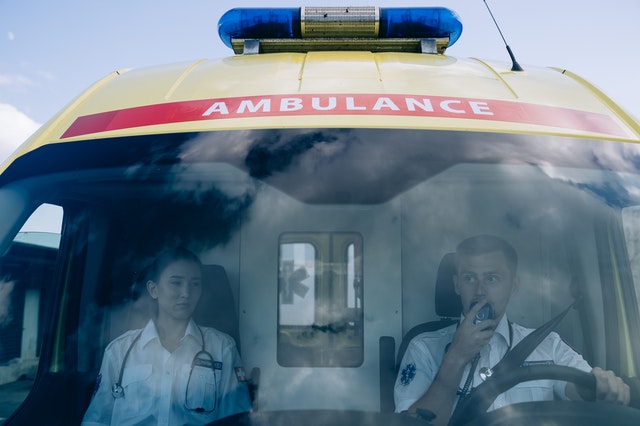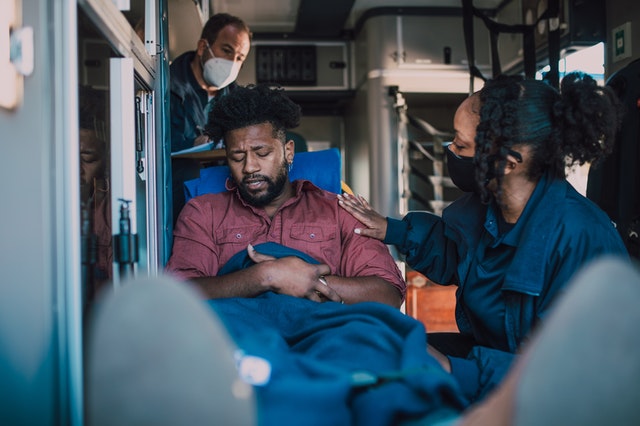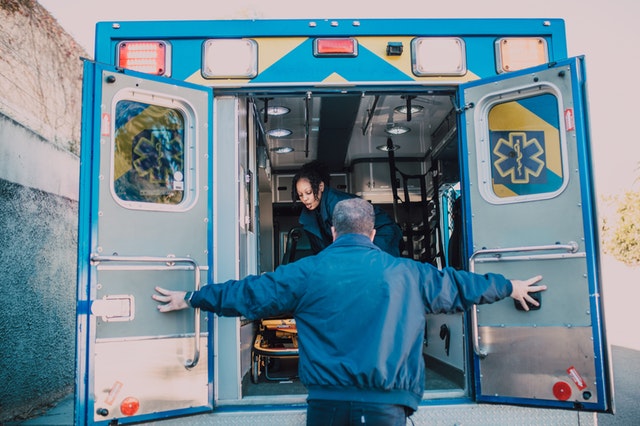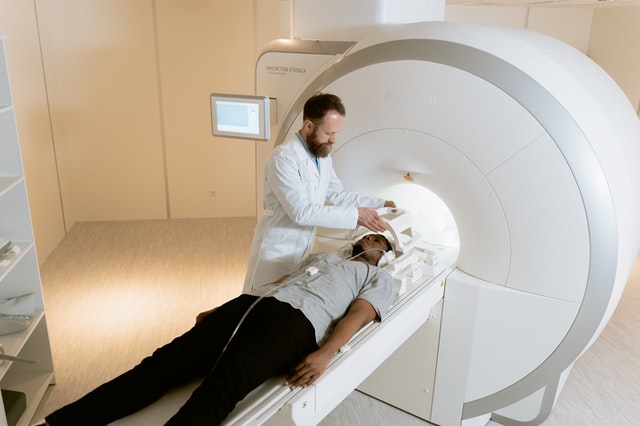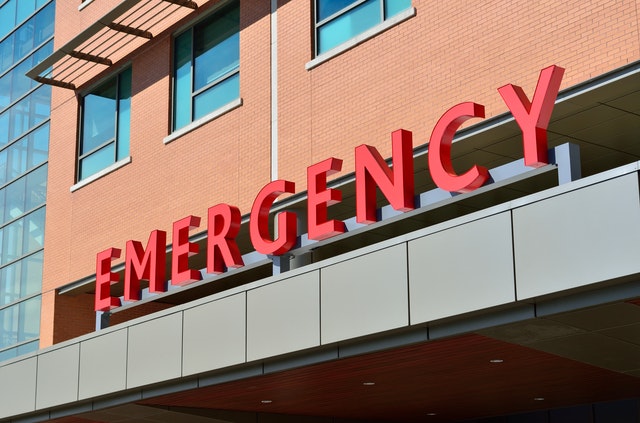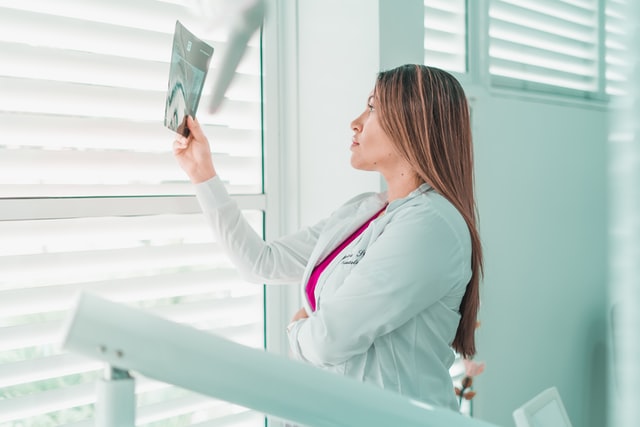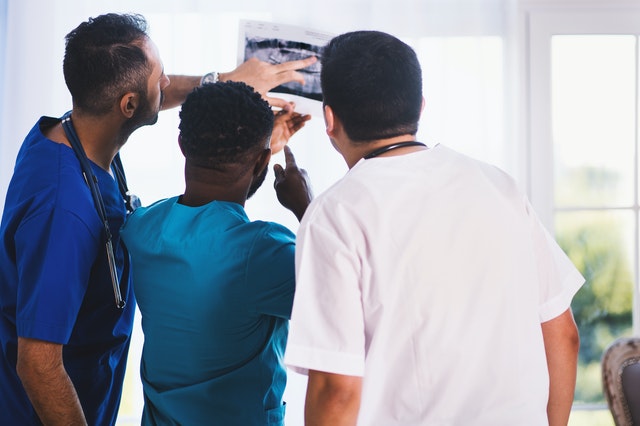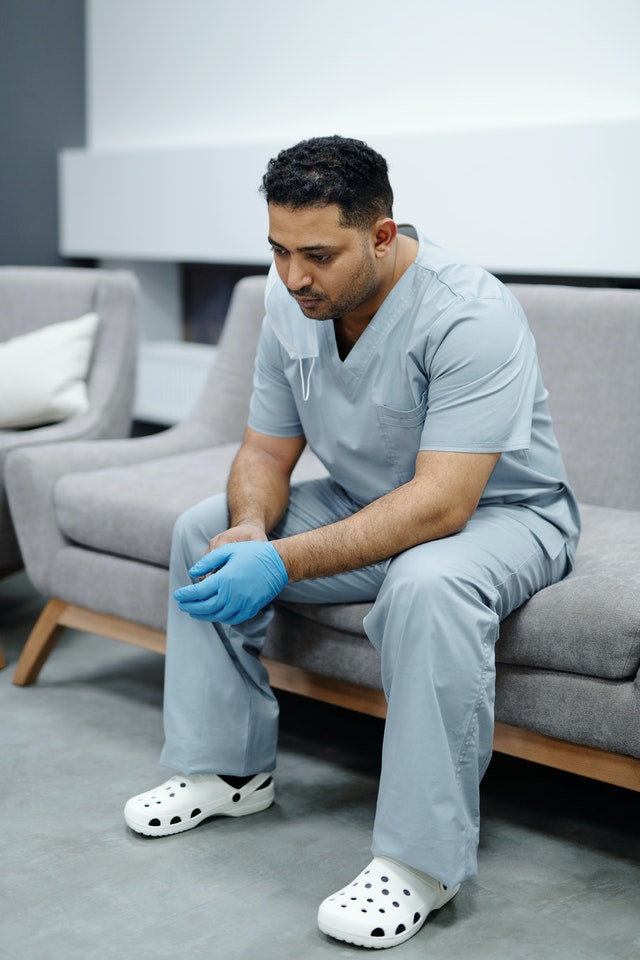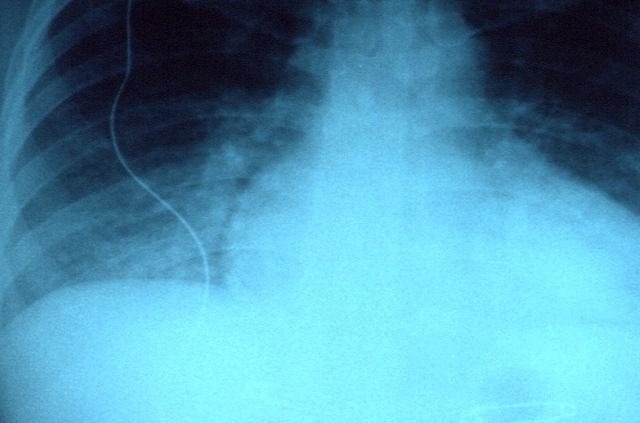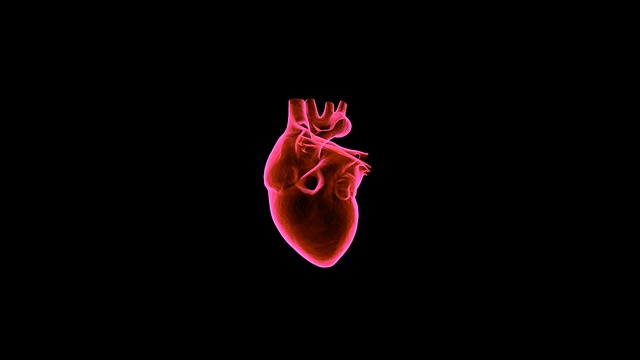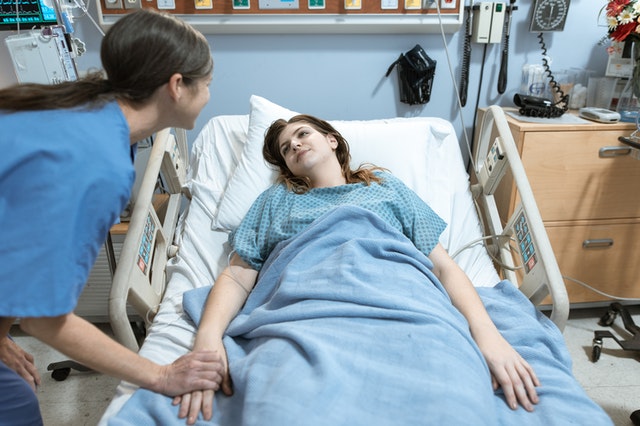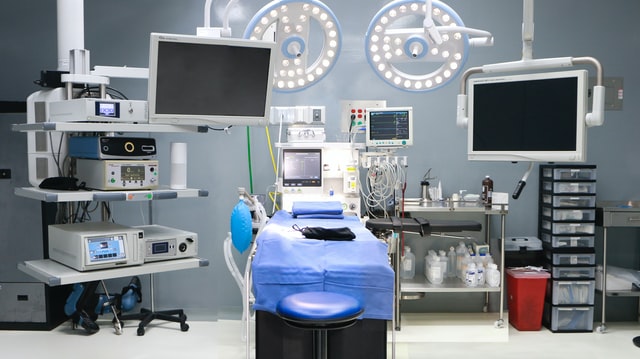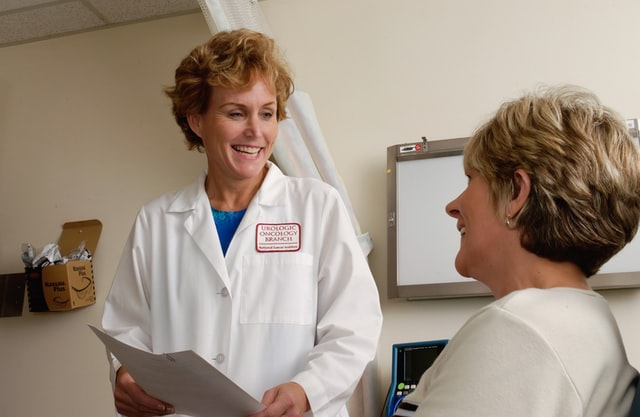The Covid-19 pandemic has partially crippled the world as we once knew it. Everyone has experienced taking precautions, isolating, vaccinations, and boosters for over two years. Are we making progress?
The contagious virus SARS-CoV-2, also named Covid-19, has been responsible for over 970,000 deaths in the United States alone. New variants have emerged from the virus, but there appear to be fewer cases overall.
Pfizer-BioNTech and Moderna have been the leading pharmaceutical companies providing preventative vaccinations and vaccine boosters, and Johnson & Johnson has also joined the team for preventive immunizations.
The immunizations and boosters administered have been very effective even though there have been breakthroughs of covid-positive cases. The hospitalization of those patients who tested positive for Covid-19 reduced drastically for the fully vaccinated adults.
This year, both Pfizer and Moderna have requested authorization from the U.S. Food and Drug Administration (FDA) for an additional booster to their immunization. The requests were based on the success of the second booster in other countries. The goal is to offer maximum protection to high-risk patients–including adults over the age of 65 and adults with immune-suppressive medical conditions.
The best way anyone can reduce their risk of getting the disease is by getting Covid-19 vaccinations and all the boosters available. The Center for Disease Control’s consistent message to stay healthy continues to be to wear masks in highly populated indoor locations, keep at least 6 feet from others, avoid heavy crowds, and wash our hands.
The Center for Disease Control (CDC) still requires face masks on public transportation like buses, planes, and trains. Because of our advancements in the Covid-19 battle, many state legislations have lifted the face mask requirements for restaurants and shopping.

Covid testing kits are available from the federal government. Any household in the United States can order up to four rapid tests from www.covidtests.gov or by calling 1-800-232-0233. Medicare beneficiaries can receive up to eight free at-home Covid-19 tests per month in 2022.
In February 2022, the FDA approved a new monoclonal antibody treatment that has shown positive results during treatment against the omicron variant and the omicron sub-variant of Covid-19. This treatment is called Bebtelovimab and is for both adults and children at high risk for severe illness from the Covid-19 variants.
Clinics and Long-Term Care Facilities
Beginning in March 2022, pharmacy-based clinics and long-term care facilities will be able to provide an anti-viral pill for positive-tested individuals. The CDC expects this new “Test to Treat” program to provide immediate help to individuals at high risk and who live in the communities with the most cases.
Even taking all the precautions, some people will come down with Covid-19. There have been various symptoms reported, and these symptoms usually appear within two to fourteen days after exposure. Some of the signs to look out for are:
- Fever or chills
- Consistent cough
- Difficulty breathing or shortness of breath
- Congestion or runny nose
- Body aches and pains
- Sore Throat
- Headache
- Loss of taste or smell
- Fatigue
- Nausea or vomiting
- Diarrhea
If anyone who tests positive with Covid-19 exposes you or if you test positive, CDC advises you to quarantine for at least five days and wear a mask for at least ten days.

Most patients who test positive with Covid-19 recover at home with rest and plenty of fluids. It is wise for a Covid-positive patient to seek medical or emergency help if they become confused or disoriented, have pale or blue-colored skin, lips, or nail beds, cannot stay awake, or have pain or pressure in the chest.
Hospitals and research centers are paying attention to the long-term effects of Covid-19. From statistics provided to the CDC, approximately one-third of the Covid-19 patients have lasting symptoms. The CDC recommends seeking medical advice for treatment.
Prevention is key to getting through this challenging time of Covid-19 infections. Taking extra precautions while traveling and visiting others can help each individual and help those who are high-risk stay free from the disease.
We are making progress on overcoming Covid-19. We will save more lives in the battle if we continue practicing preventive measures and stay educated about the most recent findings.

